According to the Internal Revenue Service (IRS), the average tax refund in 2022 was $3,039. The IRS has issued over $292.542 billion in refunds so far in 2022.
While receiving a big chunk of money at the end of each year may seem like a good thing, consider what you could’ve done with that extra $3,039 throughout the year.
A tax refund is essentially you getting money back that you have overpaid throughout the year. You should consider a tax refund as money you lost throughout the year rather than newly-found money at the end of each year.
If you’re paying more in taxes each year than you owe, that’s money you are lending to the government instead of having it on hand.
How Much Money Am I Losing by Overpaying My Taxes?
While $3,000 may not seem like a lot to some people, some simple math will show you that’s not the case. Assuming you get paid by your employer twice every month, you are giving the government $125 of your hard-earned money every paycheck.
Money lost per paycheck with a $3,000 tax refund = $3,000/ 24 paychecks = $125
You could use the extra cash to pay down debt quicker, invest it, or even simply just spend it on something you enjoy.
You essentially give the government an interest-free loan when you overpay your taxes. Sure, they give you the overpayment back at the end of the year, but the government does not pay you interest on tax dollars that you overpay them.
Therefore, the government is able to borrow your money without paying you a dime for it. However, if you underpay your taxes in any given year, the IRS may charge you penalties and interest on the money you owe.
How to Adjust Your Tax Withholdings
If you receive a large tax refund every year and want to stop lending the IRS your money for free, then it’s time to adjust your tax withholdings. Figuring out what you should adjust your withholdings to can be done pretty easily by using the free IRS Tax Withholding Estimator. To effectively use the tool, you’ll need to know your:
- Tax filing status
- Any planned tax deductions
- Planned tax credits
You’ll also need a copy of your most recent pay stub to help with your estimations and to figure out how much you are currently withholding. If you aren’t presently taking advantage of tax credits, check out our 8 common tax credits article to see if you could be.
Once you’ve entered all your information, you can determine how much of a refund you’d like (if any at all). Then, the tool provides the necessary information to adjust your W-4 to achieve the desired results. If you’re making your adjustments in the middle of a tax year, the tool will even show you how to adjust your withholdings to make up for the potential overpayment of taxes.
Once you are satisfied with your withholdings, submit an updated W-4 to your employer. (It may take a pay period or two for the changes to kick in.)
When to Adjust Your Tax Withholdings
Most people only think about their tax withholdings when starting a new job. However, it’s essential to review your tax withholdings every couple of years and in the case of a few major life events. These include:
- Having or adopting a child – While raising a child can be expensive, they come with significant tax benefits. Make sure to check if you qualify for the child tax credit and if you can claim the child as a dependent.
- You start a side gig – If you start a side gig that doesn’t deduct taxes from your paycheck, you may want to consider increasing your withholdings to cover the taxes you owe from the additional income.
- You get married or divorced – A significant change in relationship status often results in a change in filing status.
- Your spouse loses or gets a job – If you file jointly with your spouse, a major shift in their income may impact your withholdings.
In addition to the above situations, if you receive a large tax refund at the end of the year or have any significant life change that impacts your taxes, you should reassess your withholdings.
What to Do with Extra Money from Adjusting Your Withholdings
Getting a large refund is appealing to most people because getting a large chunk of money at the end of each year seems like a big bonus. However, having additional money each paycheck is far more beneficial if you manage your money effectively. Some of the best ways to use the extra cash include:
- Automating your savings – If you want a big chunk of change at the end of the year, automatically transfer the extra $125 per paycheck into a savings account after each paycheck. Then, as long as you don’t touch your savings throughout the year, you’ll have the equivalent of your tax refund plus any interest earned on the money throughout the year.
- Paying off debt – If you have credit card debt or a student loan, put the extra cash towards paying those off. An additional $250 every month adds up quickly, and you’re saving money by reducing the value of the debt that is subject to interest.
- Investing it – Put the additional money in an investment account. If you do that for a few years and your investments are successful, you can take the profits from your investment and use it as your own personal “tax refund” at the end of each year.
In reality, you should do whatever you want with the extra money in your paycheck from adjusting your withholdings because it’s YOUR money! Whatever you do with it is sure to be better than letting the government hold onto it throughout the year.
When Should I Get Help Adjusting My Withholdings?
Everyone’s tax situation is different. If you have a complicated situation, it’s best to get professional advice on how much money you should withhold. You don’t want to withhold too little, or you’ll end up paying penalties and fees.
As a FileSmart member, you can ask our team of experts up to 5 questions/month to help with your tax situation. We can walk you through the withholding process, and help you make sure you’re not overpaying in taxes throughout the year.


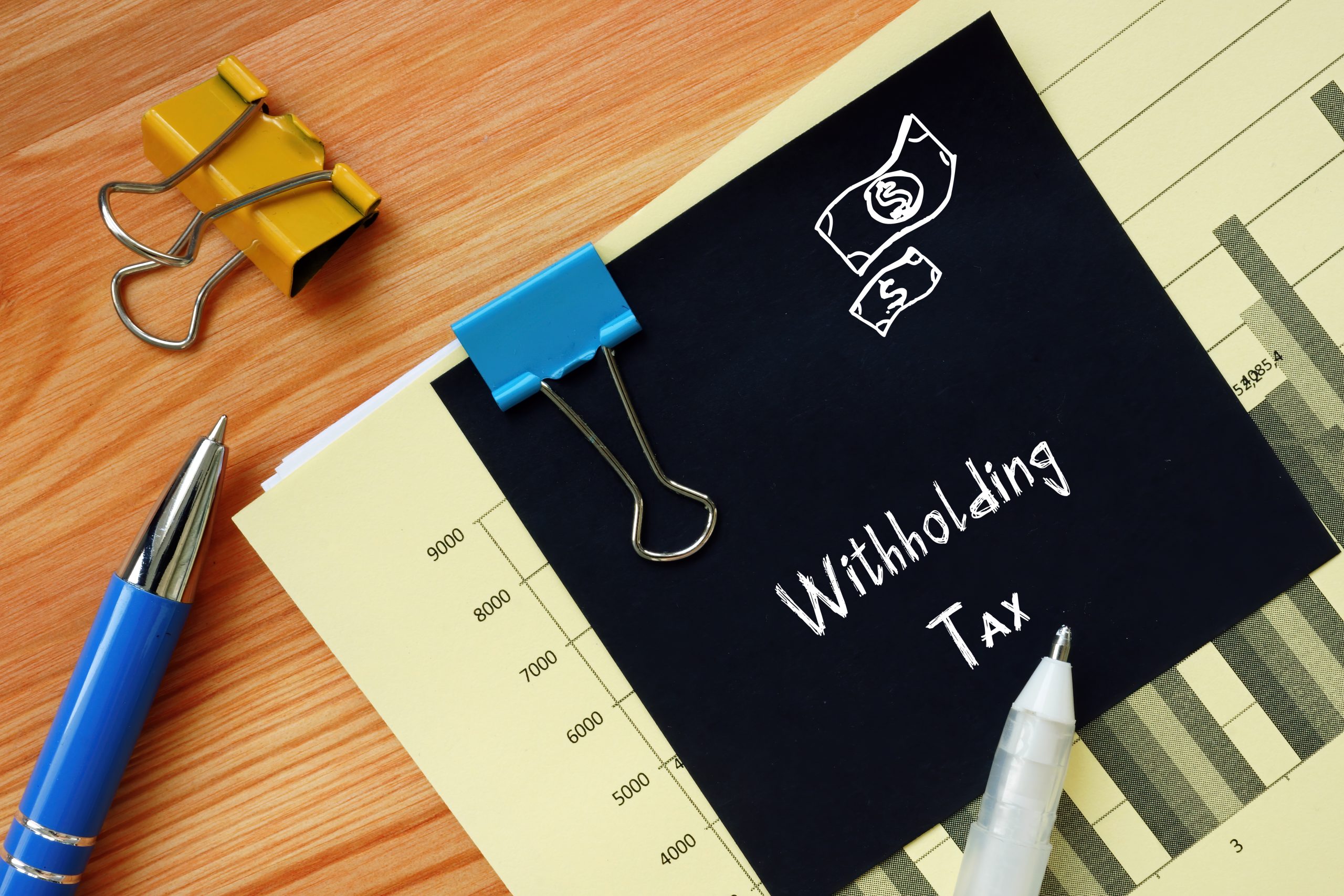
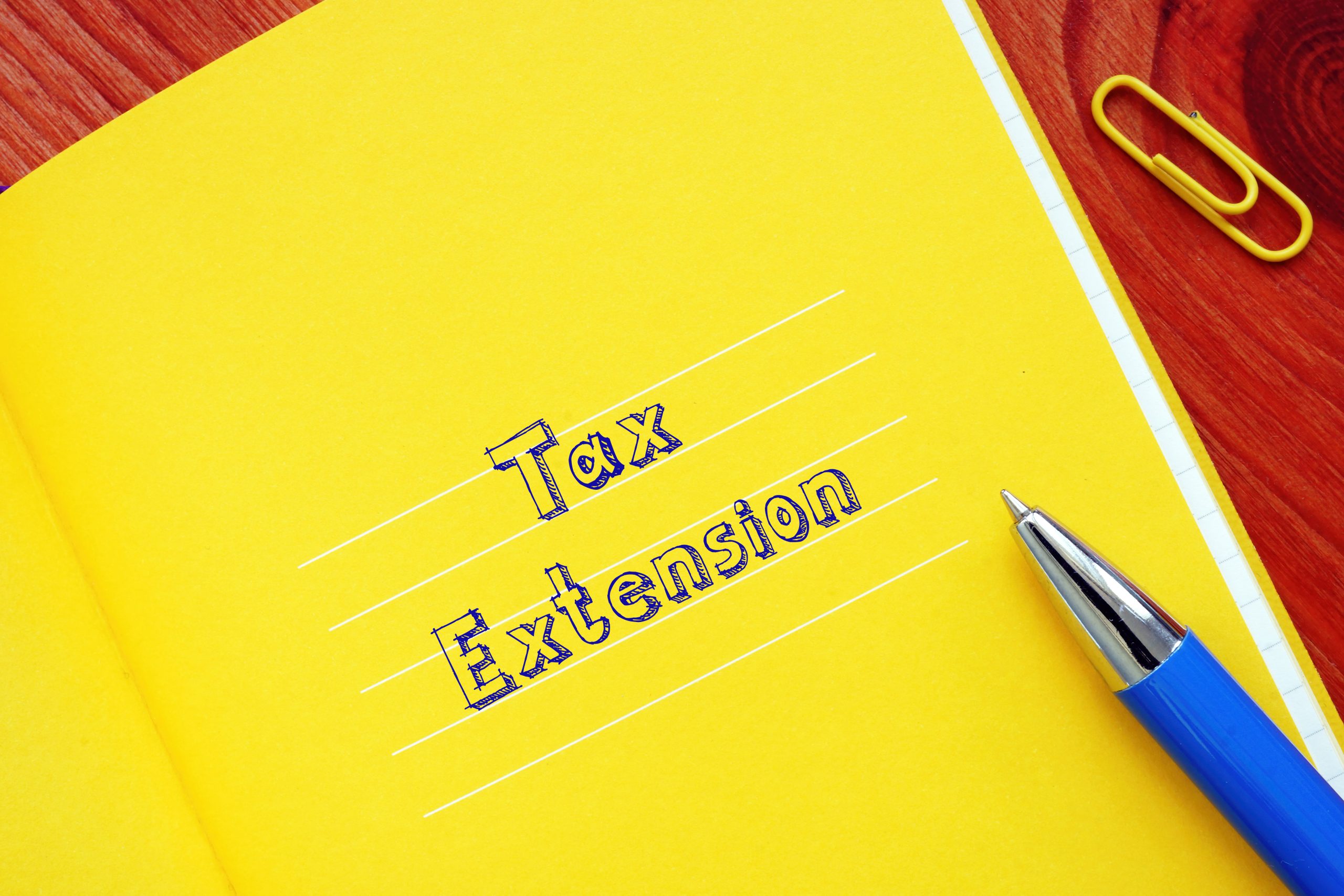
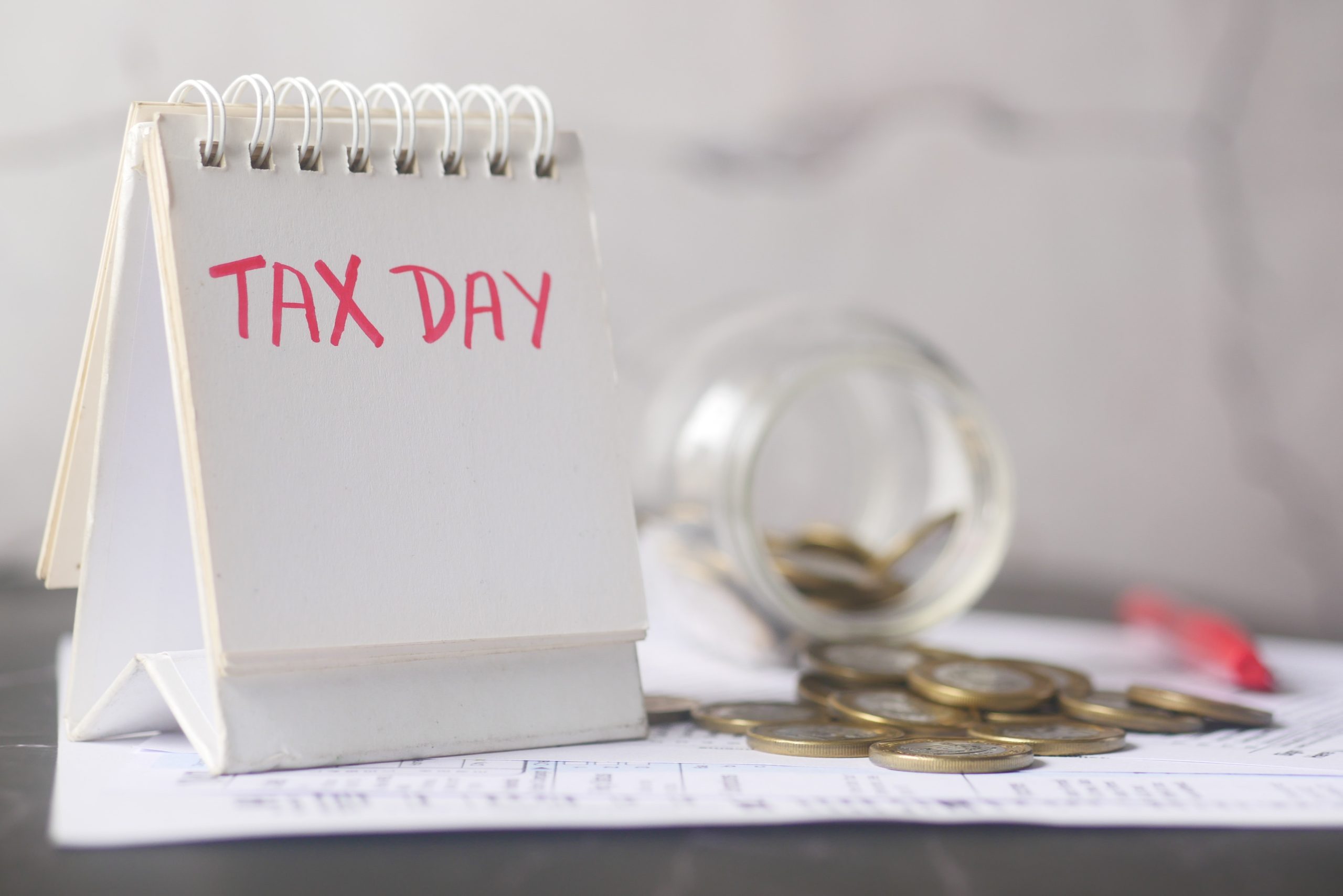
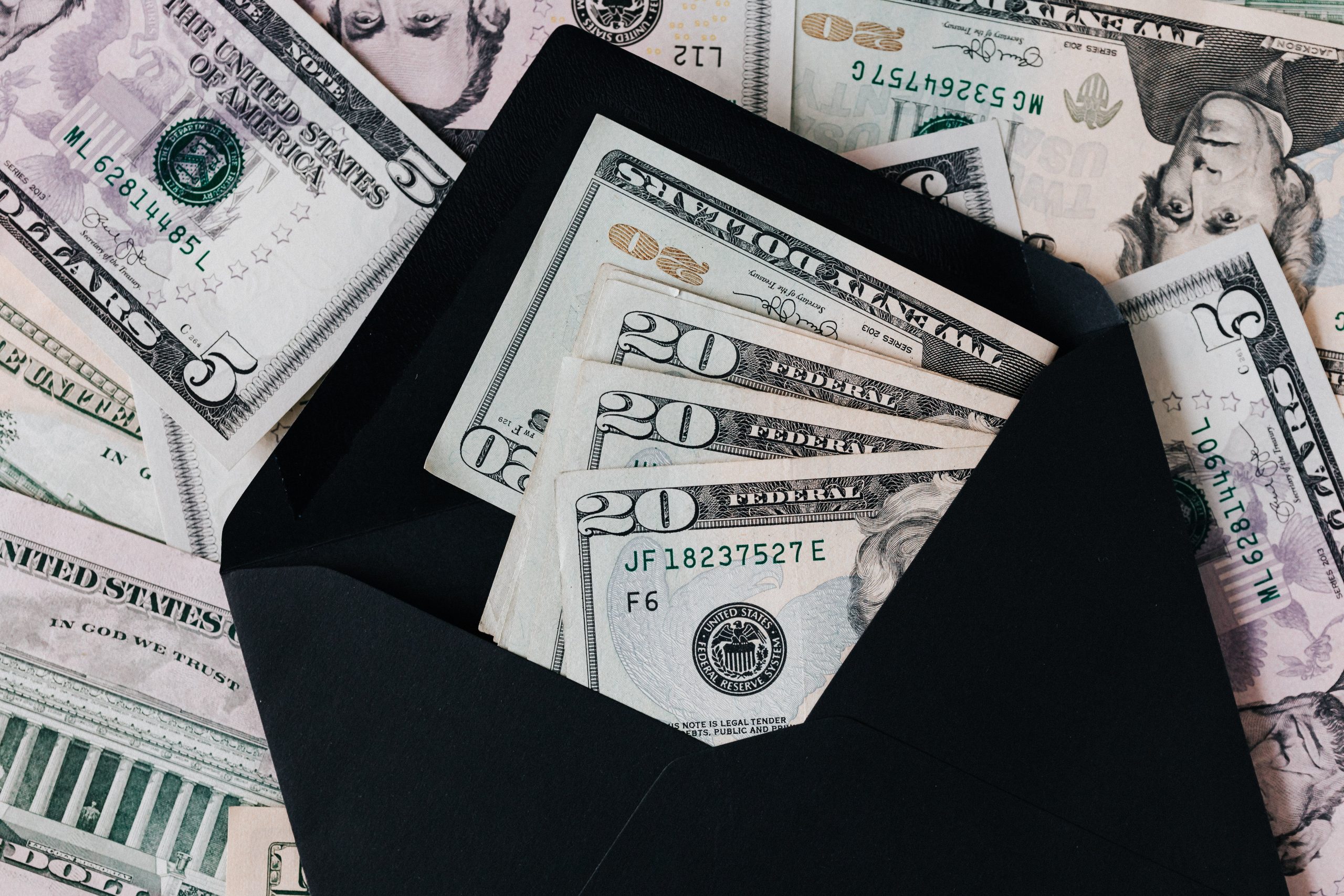


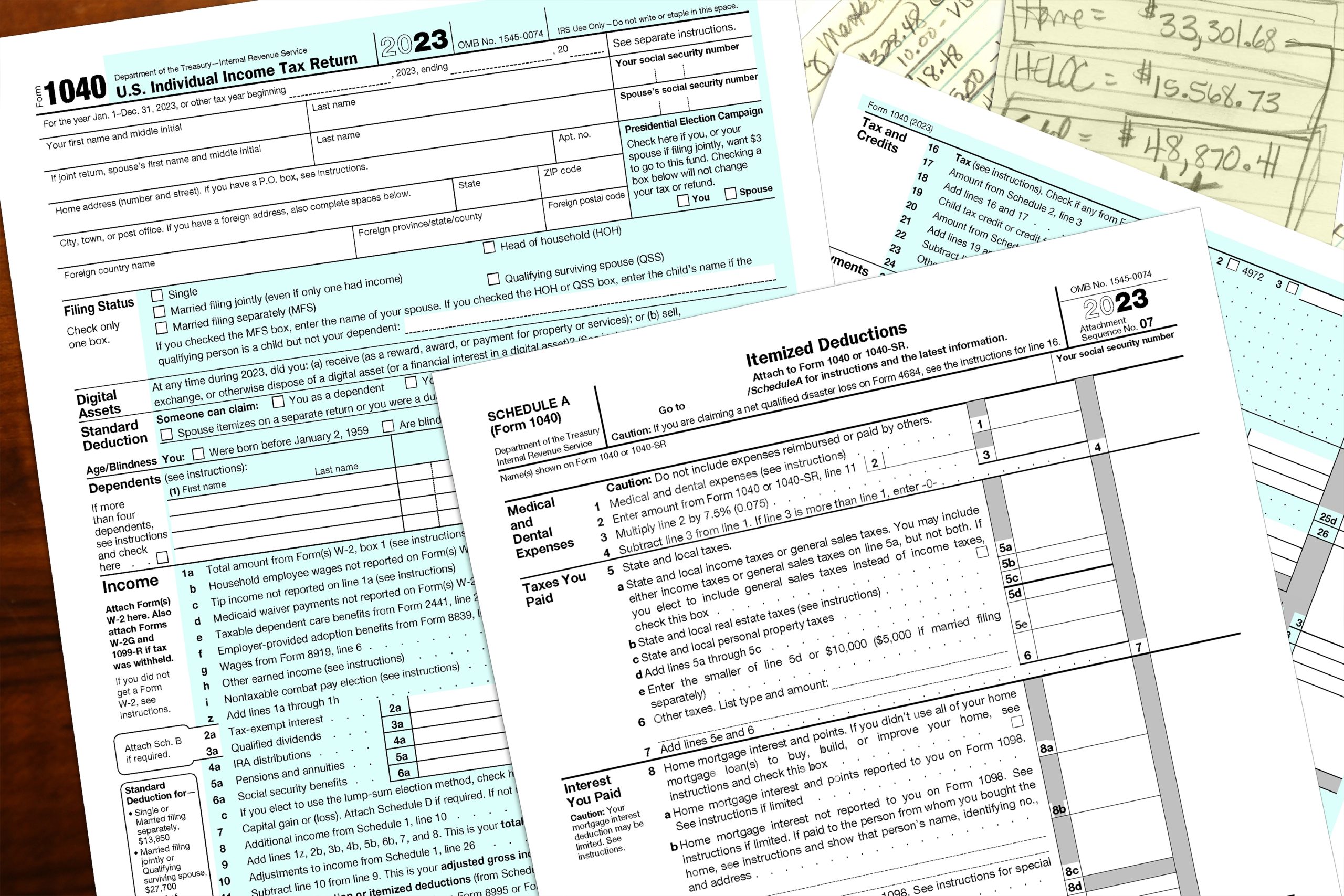
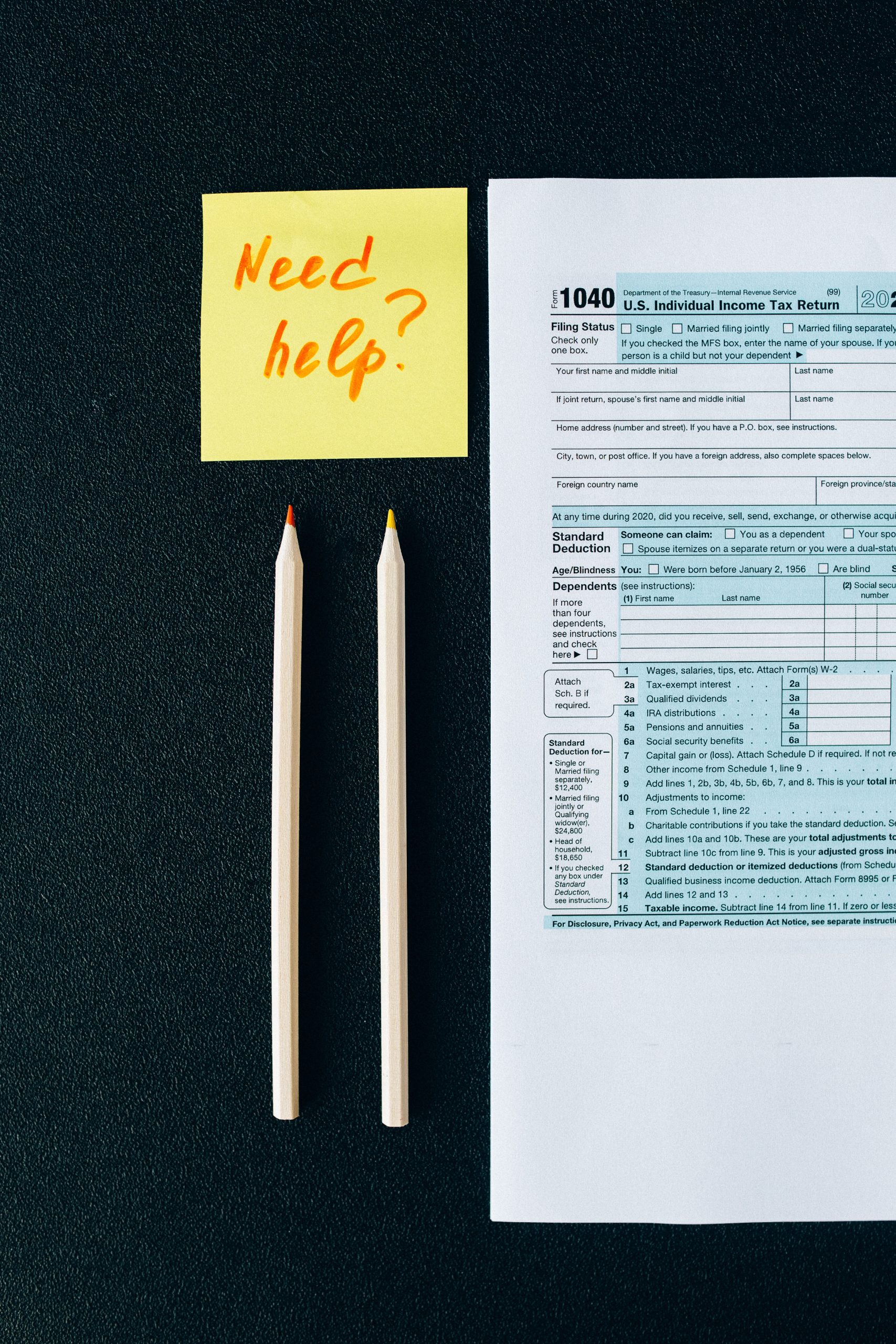



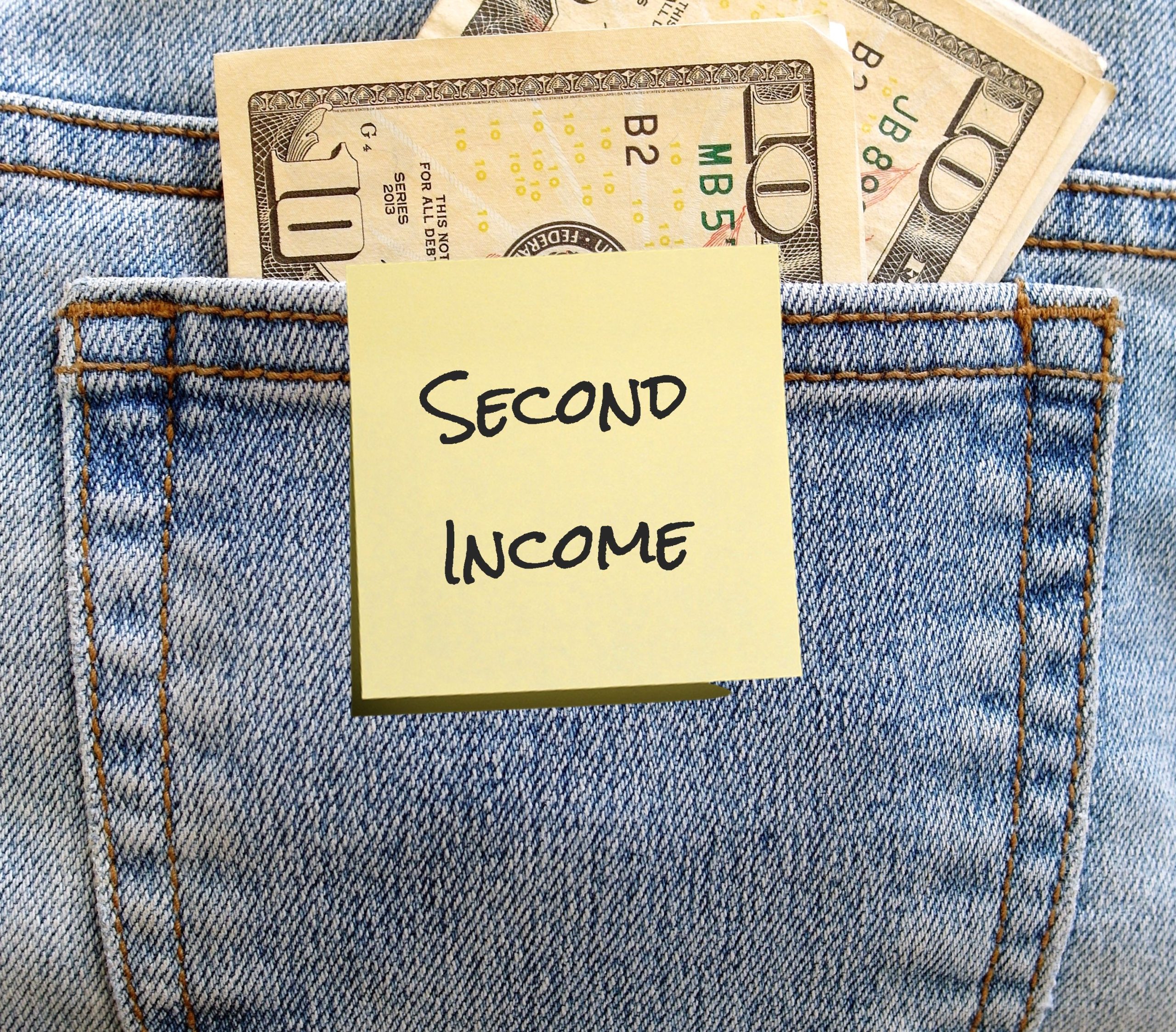




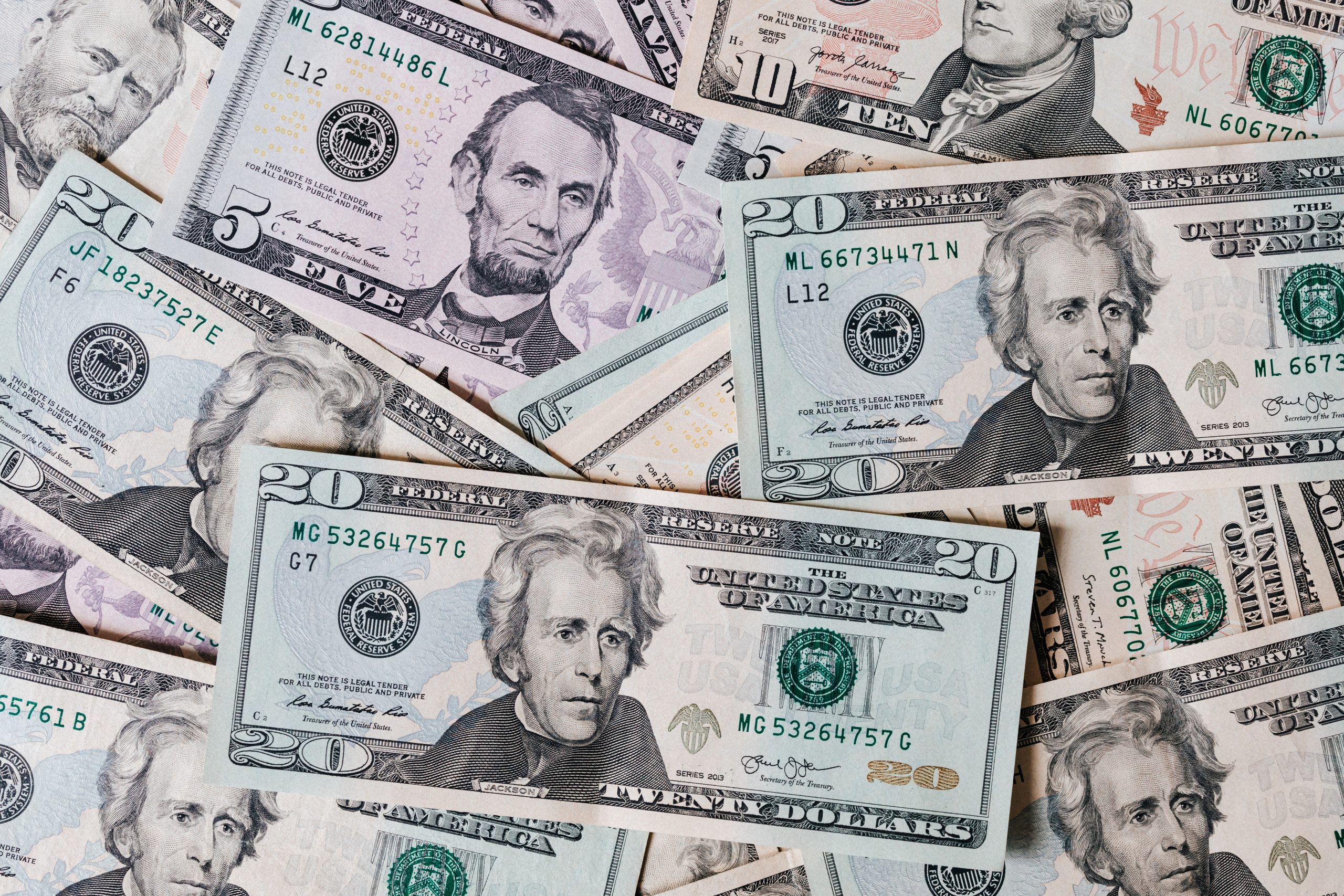

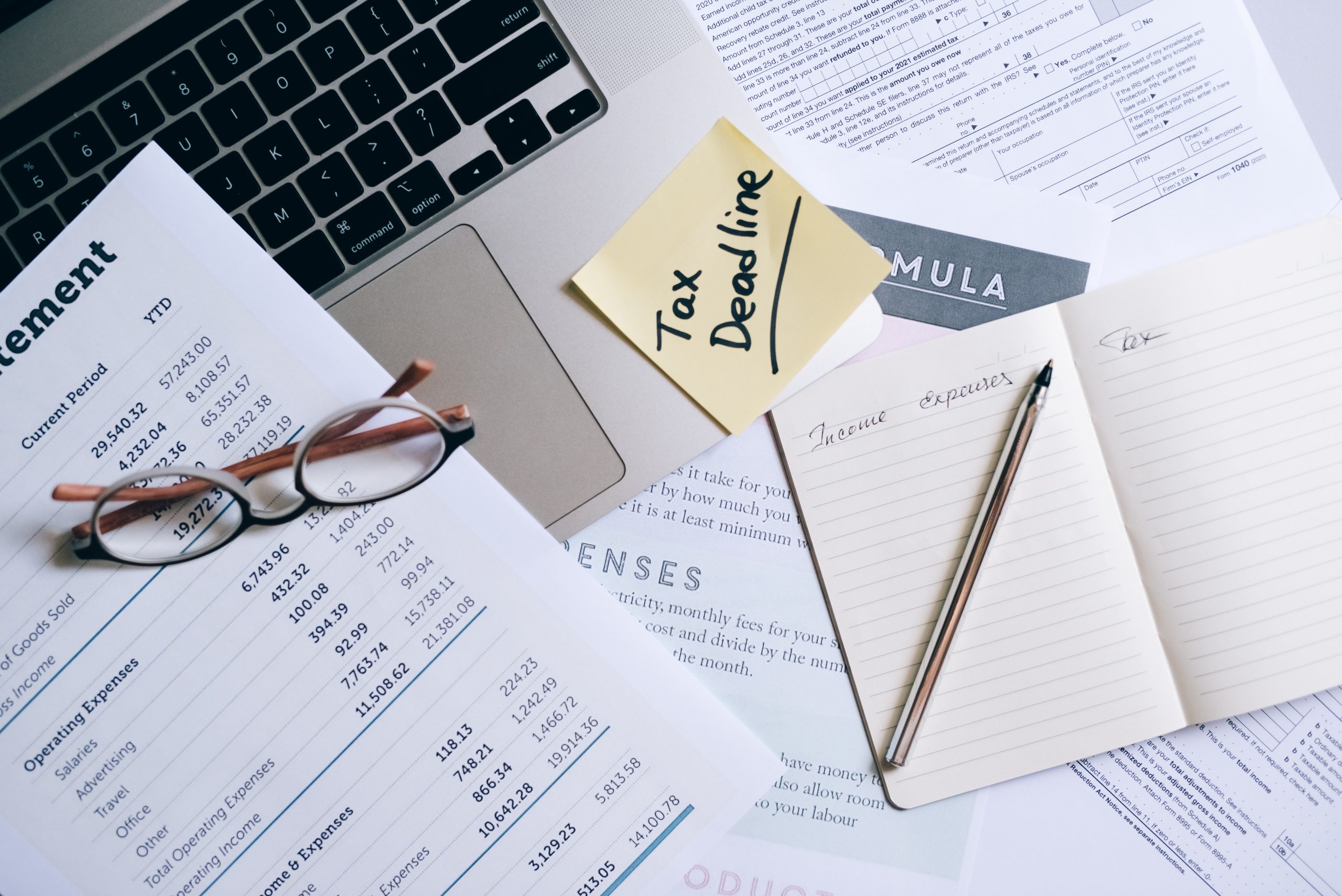









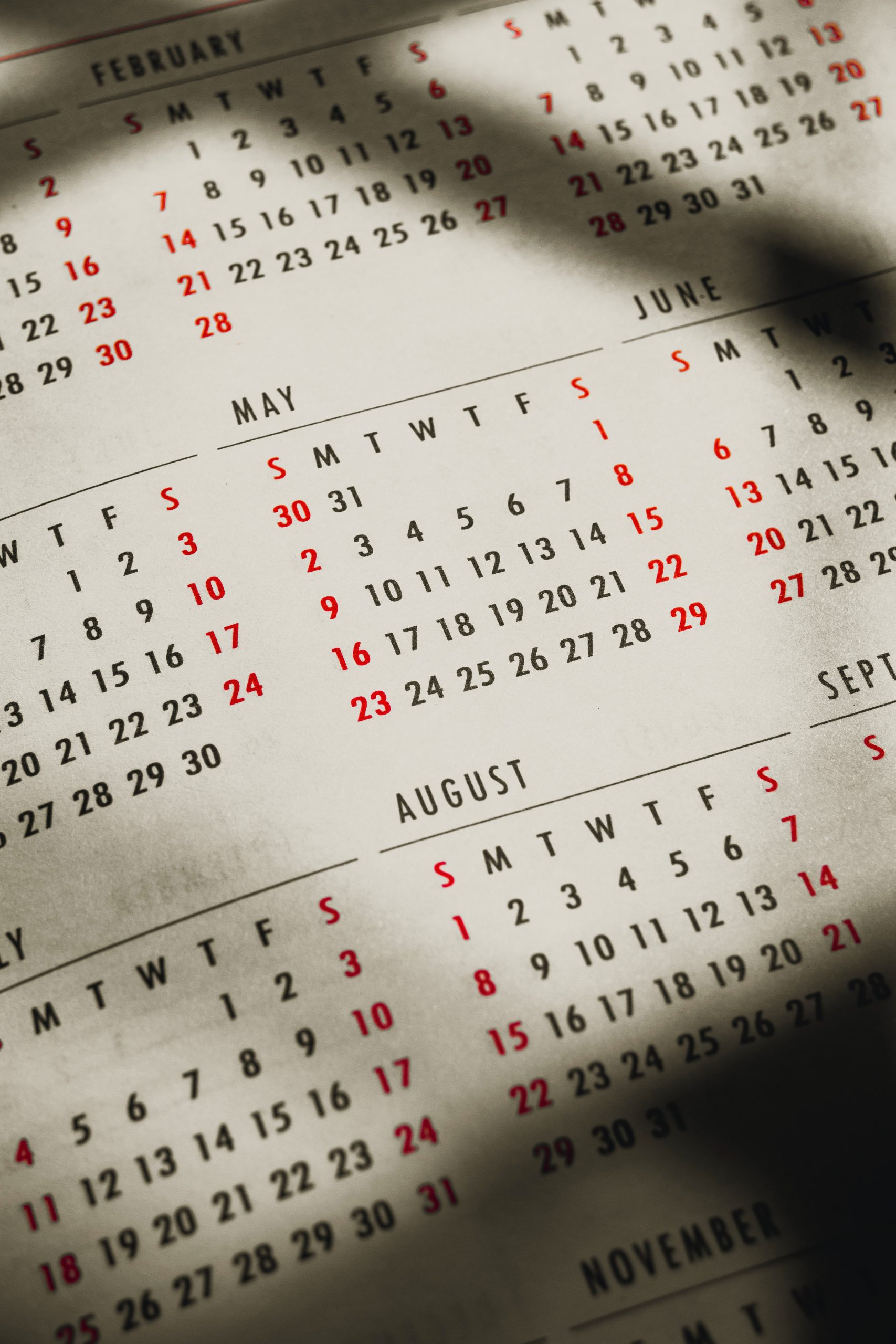
0